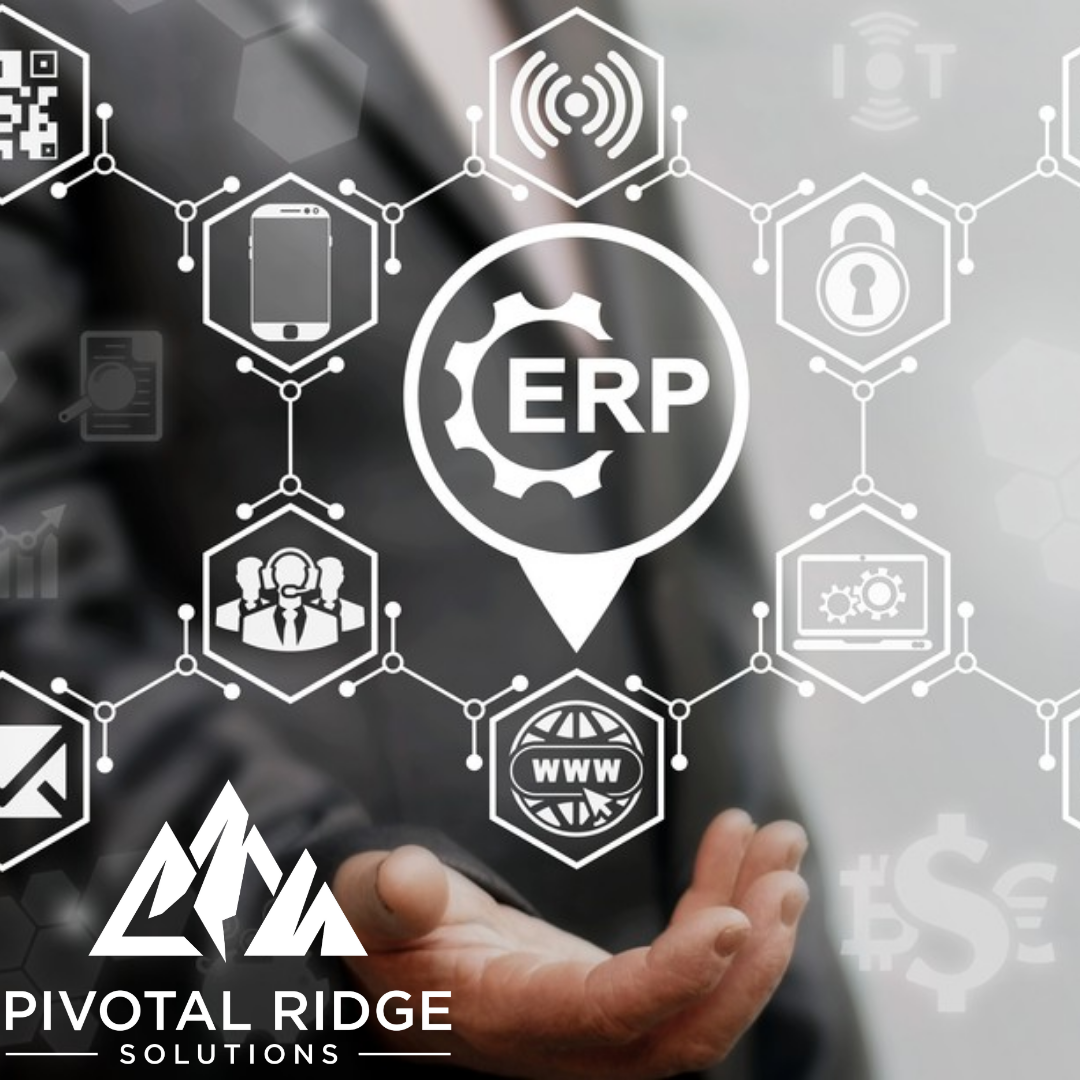The Power Platform: Extending Your Financial Services ERP with Low-Code Tools

Moving Beyond the Core ERP
For financial services firms, an ERP is the non-negotiable backbone of the organization. It manages the General Ledger, ensures compliance, and provides a single source of truth. But what about the countless unique workflows, data-gathering needs, and automation opportunities that the core system doesn’t address?
This is where the Microsoft Power Platform comes in. It's a suite of low-code tools designed to act as a dynamic, agile layer on top of your existing ERP. By empowering business users to create custom solutions without writing complex code, the Power Platform extends your ERP's value, transforming it from a system of record into a platform for innovation.
The Power Platform's Core Components for Financial Services
1. Power BI: Advanced Financial Reporting & Analytics
While your ERP has built-in reporting, Power BI allows you to create highly customized, interactive dashboards that provide a 360-degree view of your firm's data.
- Real-Time Performance: Visualize key financial metrics like cash flow, A/R aging, and profitability across different branches or service lines.
- Risk Analysis: Combine data from your ERP with external sources to create predictive models for credit risk or market trends.
- Audit-Ready Reports: Build custom dashboards for auditors, displaying compliance metrics and transaction histories in a clear, digestible format.
2. Power Apps: Building Custom Solutions
Power Apps allows you to build custom, low-code applications that solve specific business problems without expensive development.
- Loan Application Tracker: Create a simple app for loan officers to track the status of applications, with data writing back directly to the ERP.
- Compliance Checklist App: Develop an app for employees to complete and sign off on daily or weekly compliance checks, automatically recording the data in the ERP.
- Expense & Timesheet Submission: Build an intuitive mobile app for employees to submit expenses and timesheets, streamlining a traditionally manual and painful process.
3. Power Automate: Workflow Automation
Power Automate is the engine for connecting your ERP and other applications to automate repetitive tasks and business processes.
- Approval Workflows: Automate the approval process for new credit requests, vendor invoices, or purchase orders, sending notifications to the right managers and recording the decision in the ERP.
- Data Synchronization: Automatically pull data from your ERP and a legacy system or external database, ensuring all your systems remain synchronized.
- Automated Alerts: Set up automated alerts for overdue invoices, expiring contracts, or suspicious transaction activity.
Why Low-Code Is the Right Fit for Financial Services
The low-code approach is particularly powerful in the financial sector for three key reasons:
- Agility & Speed: You no longer need to wait months for IT to build a solution. A business analyst can build a functional app or a custom report in days.
- Security & Compliance: The Power Platform is built on the same secure Microsoft cloud platform as your ERP. It inherits the same security and governance rules, ensuring that sensitive financial data remains protected.
- Cost-Effectiveness: By empowering your business users to build their own tools, you reduce reliance on expensive custom development and external consultants, driving down costs and speeding up innovation.
A Strategic Investment in Agility
The Power Platform turns your financial services ERP from a static system of record into a dynamic, agile platform for innovation. By leveraging Power BI, Power Apps, and Power Automate, you can fill in the gaps, automate workflows, and gain a competitive edge—all without compromising on the data integrity and security that are foundational to your business.





.png)